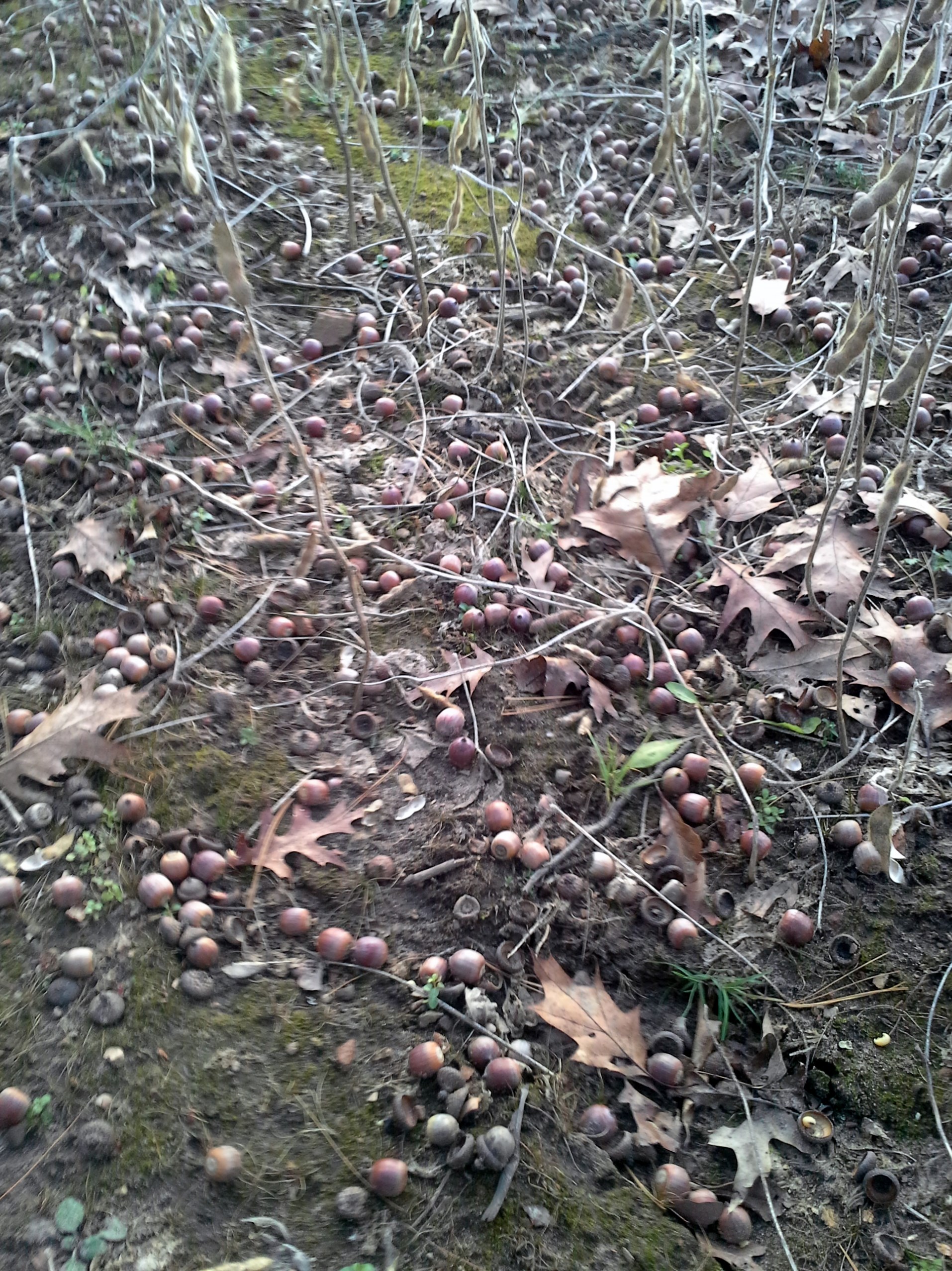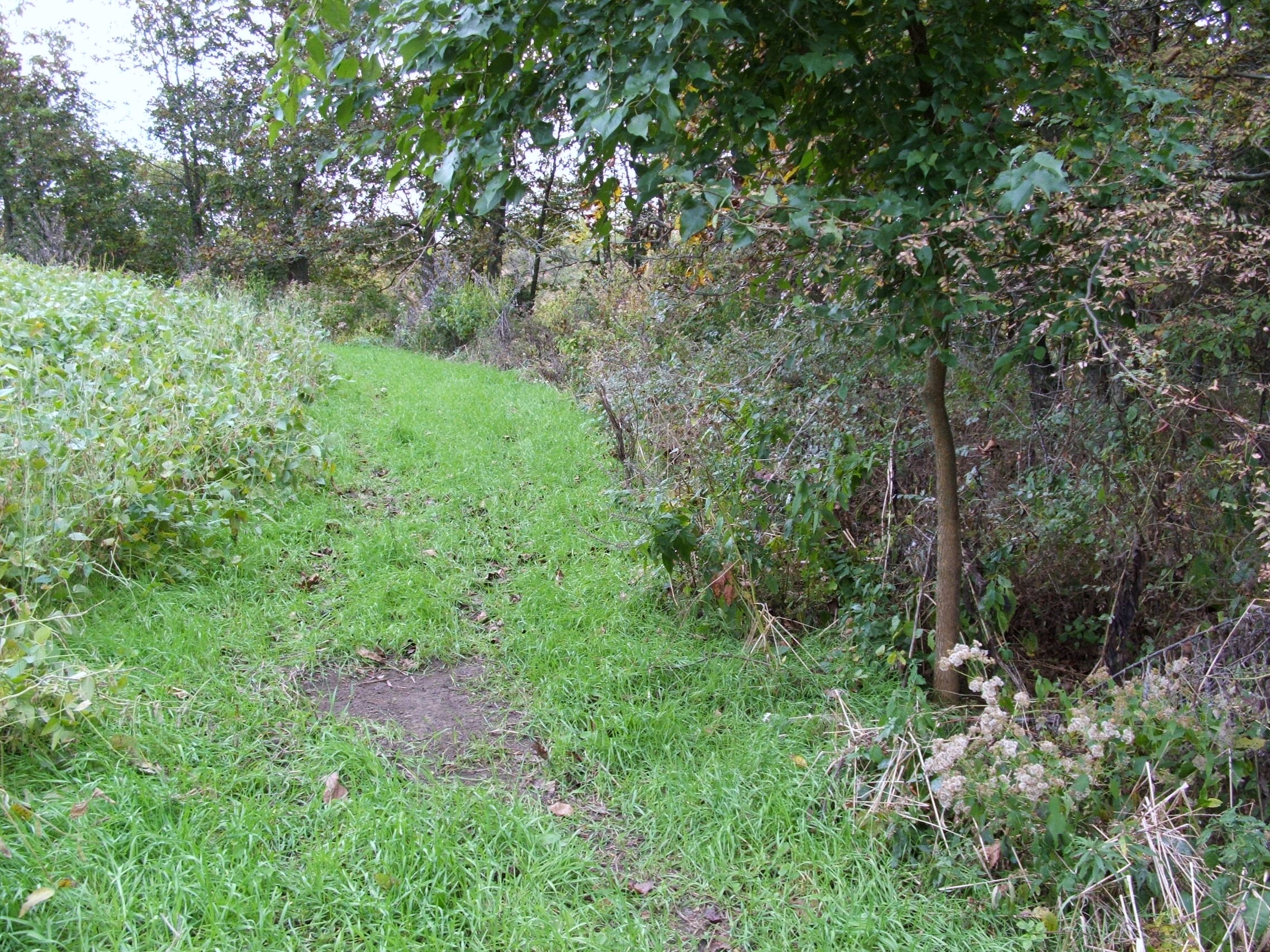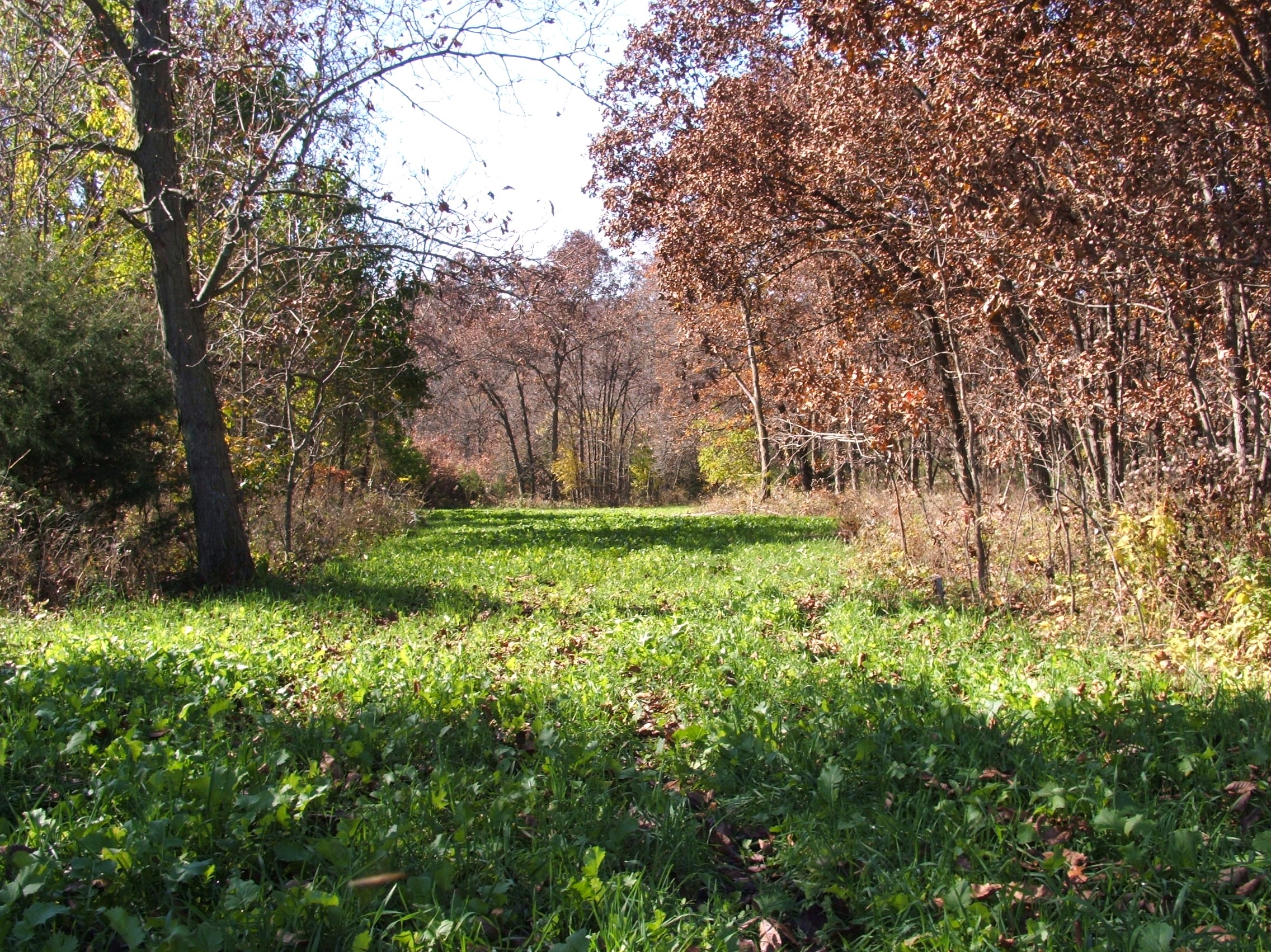Hunt 365 November-Throwing Caution (A version of this article is printed in the November 2017 issue of Iowa Sportsman Magazine)
If I counted up the hours I’ve spent each year preparing for whitetail hunting, absolutely no doubt off-season hours would swell way past the amount of hours I spend on stand. For me, the off season hours are what make harvesting a giant buck the most rewarding. To see all the work come together in that moment of truth is the most rewarding part of any hunter’s year. I would be lying if I told you the habitat planning all ended when hunting season opens up and I shift focus to the hunt…but for now, planning takes a back seat to the hunt. It’s now November! For many hunters their season has already led to a good buck sighting or two, maybe some have even harvested a giant! But for most hunters November brings with it the kind of optimism only a whitetail hunter can understand.
Find the Food
As of the writing of this article (9/10/2017), my Iowa farms haven’t seen any rain since I put my last and final fall food plots in at the end of August. These green plots of winter rye, oats, and brassicas are still lying dormant on and in the parched soil of southern Iowa. Subsurface moisture is gone, and there is no rain in the forecast. Will it rain in time for my fall green plots to germinate and grow? Only time will tell. If these fall plots are a complete failure, which I doubt, I will have to find other food sources that the deer will be keying in on. Will they be hitting my mature soybeans earlier than usual? Are there any acorns left that are falling from my white oaks that are loaded up right now? Will my summer planted brassicas be a viable food source…or will the deer have them completely consumed? If this fall is anything like last fall, solid stands of clover and alfalfa will be major draws as killing frosts will be late and timid. Only time will tell.
November hunting requires us to plan and focus our time and energy. If we spend all our time focusing on the hunt, and no time adapting to changing food sources we are probably wasting a lot of field time in unproductive areas sitting stands with little deer activity. Everybody knows this, yet too many hunters have fixed and locked in their plans for November and will not adapt to changing environments around them. Experience can help hunters adapt as each season and each November brings with it a new set of circumstances. Finding the most preferred food sources in November is always a key ingredient for a successful hunt. Lush green fields of alfalfa are major draws, always have been and likely always will be. But when these fields don’t exist in your area, the next lushest green supply of food may be an older hay field, clover plot, or brassicas you planted. Deer love green food sources almost second to none. Even in years with heavy acorn crops, a green field will attract deer. A freshly picked corn field might be the hot ticket for a week or two…then go cold as deer switch back to green or fix on an unharvested soybean field or plot. It would be almost impossible to predict from my writing desk what deer will be feasting on where you hunt, but rest assured they won’t quit eating. Find their food source and hunt it and travel paths to and from it this November! If you’ve been following Whitetails 365, now is the time to hunt those green transition food plots I talk so much about.

When acorns are dropping, deer will be on them and prefer them to almost any other food source. When they are gone, they will switch to a different preferred food fast.
If you’re reading this article and saying to yourself that I’m talking about nothing more than the obvious, you’re right. But so many hunters each fall become fixed in their approach to the hunting season that they fail to adapt to changing food sources. They have their stands in place, food plots planted, so they just fixate on spots that they have pre-determined to be their hunting spots for the year. In some cases, this works. But you have to be able to recognize when food sources are changing and adapt. Good November hunting comes and goes very fast…especially for weekend hunters or the hunter with only a week of vacation. You can’t allow yourself to become complacent and burn up valuable sits on unproductive food sources. Learn to recognize what deer are eating and adapt your strategies accordingly.
Buck Sign
It’s hard to write an article about hunting November whitetails. It’s hard because November takes on so many changes throughout the month that one strategy might be great early in the month, and not matter much by month’s end. This is likely the case when hunting buck sign. There is possibly no better time to hunt buck sign than late October and early November. But before we get into strategy, I want to dive in a bit on new research I’ve read lately talking about buck movement and the rut.
New research of radio collared deer shows that bucks start their rut each year dependent on when that first doe comes into heat in their home range. Travel patterns of the bucks are semi-predictable before their rut starts and the amount of travel they put on is not yet at a fever pitch. The data shows that when a buck’s rut starts, they begin to put on many more miles of travel each day and also start to travel all parts of their home range putting on these miles. Because a buck will start his rut pattern each year dependent on does coming into estrous…the time period before this trigger occurs is when bucks will make the bulk of their buck sign. This “buck rut” can start anywhere near the end of October and into the first part of November.
I’m not trying to start a new discussion on the rut with this article. But my point is this…that time leading up to what I’m calling the buck rut, (when a buck’s travel pattern explodes) is some of the best time to hunt buck sign…mainly rub lines and scraping. Bucks during this pre-buck rut time period are ready for the rut to begin—heck they’ve been ready since September. But because does are not yet coming into heat, they spend their time on an elevated feeding pattern rubbing and scraping any time they are on their feet. The timing of this pattern (massive scraping and rubbing) is very unpredictable because a doe popping into heat will literally change this buck pattern overnight. It’s why some years bucks rub and scrape heavy well into November, and other years it seems to dry up in late October.

Active scraping, especially scraping in and around food sources can look hot, but go cold very fast. Hunt the hot sign but get ready to adapt when it goes cold!
When I talk about adaptability, it is this buck sign hunting I’m talking about. When you have heavy scraping and rubbing in late October and early November, you need to get on this sign immediately. Waiting even a day or two can be too long…and you’ll have no warning. When you can find heavy scraping adjacent to preferred food sources it is time to move in. This isn’t the time to sit back and hunt soft…it’s time to move in. This could mean going in and hanging a stand and hunting it that same day. It’s not the time to forget about the wind, be careless, or bump a bunch of deer doing in season scouting or walkabouts. But if you find this heavy buck sign, you can’t sit back and wait…you have to be as aggressive as you can while bucks are still on this pattern. For many reading this, you might be thinking that I’m nuts…you’ve been told over and over to stay back and don’t hunt aggressively. But hunters that sit back during this hot time are missing out on some of the best buck hunting you’ll have all season. When a doe comes into heat in your hunting area, this sign could go cold and once again, you’ll have to recognize what’s happening and adapt to the hunt.
Throwing Caution to the Winds
November is here and it’s time to hunt. You may have sat back during October so as to not put pressure on the animals you are hunting…but with November brings some of the best hunting you’ll have in the whitetail woods. Now is not the time to throw caution to the winds, but it is also not the time to sit back and watch the season fly by you either. Now is the time to hunt hard and smart. A solid November game plan that I’ve used for over 20 years would look something like this:
- Hunt travel lanes and corridors, the downwind side of bedding areas, fence jumps, funnels, creek crossings, etc. on morning hunts where you can get in and out without bumping deer.
- Find the most preferred food sources you can, trying to stay current with what deer have available, and hunt these food sources or transition areas and interior plots leading to these food sources on evening hunts.
- In early November, when buck sign is hot, give special consideration to hunting stands in close proximity to this sign, or hang additional stands and move in. When the sign goes cold…move on…unless you are hunting a preferred food source.

Transition areas between bedding and feeding are great stands all season, but they get especially active during November. I try to plant transition area interior plots that bucks can’t resist scraping and rubbing around. They are easy to access, hunt, and slip out on evening hunts making them great setups during November.
Doing these three simple things and you will be well on your way to a successful November hunt. In many cases, my day will start off sitting a morning stand until I can’t take it anymore, then moving to a different stand location near food for the evening hunt. To find hot buck sign in season I don’t do mid-day walkabouts in the timber, but instead look for hot buck sign in and around food sources and transition areas or interior food plots. Hot sign accompanied with a food source will get my attention fast and I’ll set up and hunt these areas as soon as the wind will allow. Hunt hard and smart, adapt to changing food sources and hot buck sign, and you’ll have a successful November hunt.
